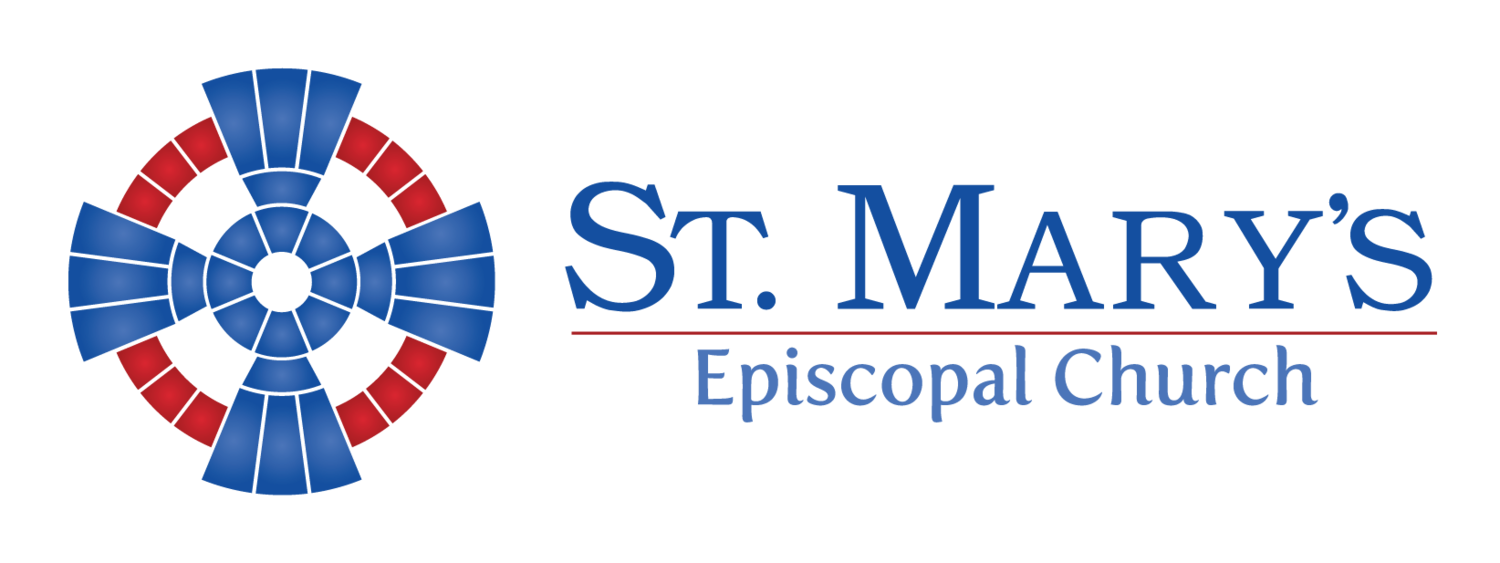4 Lent; March 26, 2017
What a fitting Gospel today—a story of healing and illness and miscomprehension and stubbornness. It parallels well where we are, and what we have witnessed this week in health care debate—a situation in this country in which the root of our illness is really exposed. It is one that is not rooted so much in whether or not we want to be healed, but our inability to consider any other option; our inability to hear one another, and to find in that a common ground in which we can move toward wholeness. And it’s a fitting story today on this Fourth Sunday of Lent, a Sunday that is also called Laetare Sunday, which comes from that antiphon sung in the Roman church, Rejoice, Jerusalem. We’ve made it half way through Lent, it’s time to take a breath and now focus on the rest of our journey.
As I was thinking about that, I realized that Lent, thematically and symbolically, is a week. If every Sunday in Lent is a weekday, that means we’re coming into that fourth day, the Thursday of the week, if you will. You know how weird I am. When I was a kid, I loved Thursdays. It wasn’t so much because it was heading to the week-end proper, but because I knew that Sunday was coming. Weird churchy kid! I know that you were one, too. But I was excited. It was also the night that The Waltons came on in my childhood, so it was about family and watching television and that story together. And then Friday was usually a test day, and in grade school it couldn’t have been more of a crucifixion than I would ever know. By Saturday, we were heading to Sunday.
One of the ways to understand John’s Gospel is that it is written in a week fashion also. It follows the days of creation. The story today, according to that view, is the fourth day of creation. If you think of that day in the creation story, it is the day that God dispels light throughout creation. So when we hear these words of Jesus, “I am the Light of the World”, and we hear these metaphors of seeing and blindness, we’re pulled into that day.
The setting for the story today has been going on in John’s Gospel for a couple of chapters. It is the Feast of the Tabernacles, or what we would call booths. It was a harvest festival in Judaism that celebrated all of those images of light, and of water. It was when they moved toward the temple, erecting booths or tents, in which they were brought back in their memory to days of wandering in the Exodus, until they came into the promised land to settle. And from Chapter Seven, Chapter Eight, and now this story in Chapter Nine, we are in the same setting. So Jesus, leaving the temple for a time, but still celebrating the Feast, encounters this man born blind. And the disciples ask the question, which is still dear to our hearts today, “Who is it that sinned, the man or his parents?” It followed the Biblical understanding that God cannot be credited with the evil that falls on humankind; that was our own doing. That first sin, the fall of Adam, is our responsibility, and it somehow explains why the world is still in that situation. So they ask, was it this man, maybe this child in the womb had already committed a sin, or was it his parents? Jesus gives us his perspective, and it was quite disturbing to them, and anyone he is going to encounter. Jesus says, neither. This man was born blind so that God’s glory might be revealed in him. Not that God caused him to be blind so God could reveal himself, but God comes to those who the world rejects, and God is revealed in those that we find. We still understand this today. As soon as I get sick, I immediately think, what did I do to bring this on myself? Or when I see someone who is sick and it brings me discomfort, I can’t help but find that “original sin” that says it must be something in their life that they did wrong; oh! they smoked for years; oh! they didn’t eat right; oh! they didn’t exercise. That need that we have to understand the way things are from the way that we experience them or think they ought to be. And Jesus says, no. Consider it a very different way. And so Jesus comes to this man, he spits in the mud and makes clay, and sends the man off to the pool Shiloam, which means sent. The Shiloam pool reflects back to the tabernacles, of collected rainwater, the rainwater that brought around the first fruits and the harvest. Water and light working together makes creation come into fullness, and this man comes back and he can see. This creates a firestorm, especially for the religious authorities who cannot understand this. They begin to question him and interrogate him. Who is the one who did this? And the man says, it is the man Jesus; he did this. And the Pharisees ask him, where is he? And he says, I don’t know.
This whole episode goes on with Jesus in absentsia. He’s on trial, as it were, and he cannot defend himself against the accusations. Over and over the Pharisees attempt to question the man, to bring his parents in, to bring in every kind of witness to validate their point of view and understanding. Something unique happens to this man: he, in essence, is put on trial. But the man says, I am he, the one that Jesus healed. And you hear in that, and you see in the Greek text that same words that Jesus uses, I am the light of the world. This man is all of Adam’s children, all of us. And now, because he has received and understood Jesus, he shares in that unity of Christ, and that reality of God that is about this new creation. That’s not good enough for the Pharisees, so they get rid of him and go to the parents. Then the most horrendous thing happens: the parents, in their fear and anxiety, disown their son. Listen to their words: “We know that this is our son, and we know that he was born blind, but we do not know how he sees. Nor do we know who opened his eyes; we don’t understand it, we don’t know this Jesus. So ask our son—he’s of age”. Then there is this interesting line in John that would be hard to understand if this was really Jesus’s time, because the Jews have been expelling the new Christians out of the synagogue. This didn’t happen until 85 A.D., years after Jesus’s death. But right before the writing of John’s Gospel, you hear the community of John understanding the hostility that’s beginning to come to them from a community of like believers, they thought. And we hear the echo of our community, of the dissension that says this is the way we believe, and those who say this is the way that we know. So the parents say, he’s out there by himself. This man has been abandoned by the Pharisees, his tradition, and now abandoned by his parents. Now he is all alone, and he meets Jesus again. Jesus says to him, “You know how you see. Have you heard of the Son of Man?” And the man responds, “Sir”. Then Jesus moves on, and the man responds, “Lord”. This same word is used, it’s our word Kyrie. Kyrie=sir; Kyrie=Lord. Do you hear the progression that is made in that? The man comes to complete belief and he worships Jesus.
Then, the people who know, those in charge of Mosaic law, interpret that wrongly again, and think that Jesus is talking about them. “We’re not blind. We can see”, and they’re still on this level of sight. Is that the level we want to be on, or do we want to be on the level of this man and of this Lord and of God who says it is possible to stand and participate in a truth and reality that is not the way things appear to be. What is never questioned by the Pharisees in this story, and this is very telling, is the fact of the healing. They don’t doubt that the man is healed. What they doubt, and what they don’t understand is the identity of Jesus, the sent one, just like the water. Because of that, they cannot come to the faith that the man has come to. In the questioning, they ask the man, and he understands them with absolute irony and positive perspective. He asks them, “Do you want to become one of his followers, too?” They become indignant and enraged. And at the end they make a statement that proclaims that they see, but Jesus says, you’re still blind; your sin remains; your sin, your dislocation from God, your inability to offer that relationship to others.
This fourth day in John’s Gospel, this Fourth Sunday in Lent, can we refocus our eyes and begin to move toward that Sabbath, that Easter that we hope will come? A new way of seeing that questions everything we knew before, that allows us to say, Lord, I believe.
Amen










